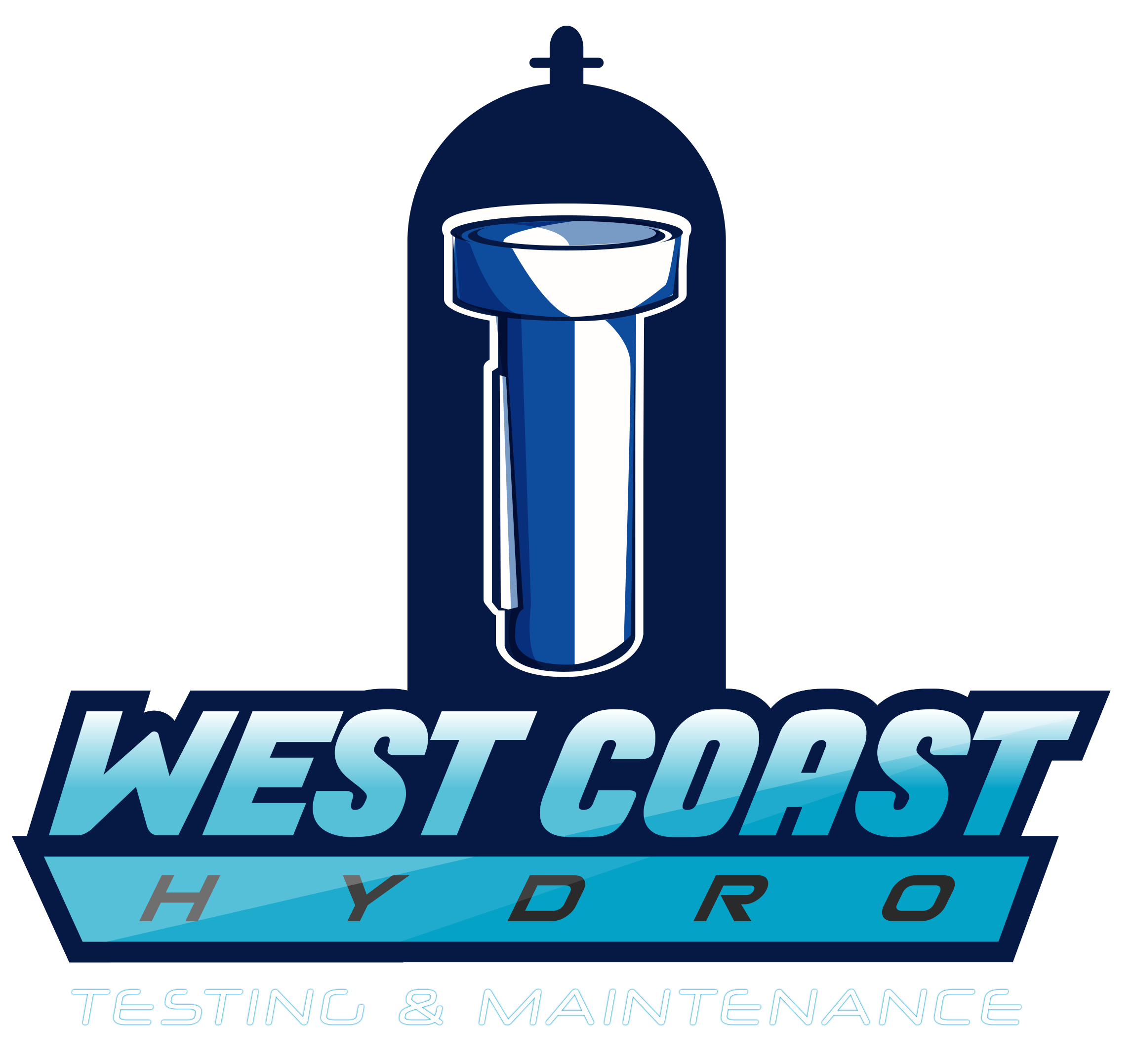Water jacket test
Small pressure vessels are normally tested using a water jacket test. The vessel is visually examined for defects and then placed in a container filled with water, and in which the change in volume of the vessel can be measured, usually by monitoring the water level in a calibrated tube. The vessel is then pressurized for a specified period, usually 30 or more seconds, and if specified, the expansion will be measured by reading off the amount of liquid that has been forced into the measuring tube by the volume increase of the pressurized vessel. The vessel is then depressurized, and the permanent volume increase due to plastic deformation while under pressure is measured by comparing the final volume in the measuring tube with the volume before pressurization. A leak will give a similar result to permanent set, but will be detectable by holding the volume in the pressurized vessel by closing the inlet valve for a period before depressurizing, as the pressure will drop steadily during this period if there is a leak. In most cases a permanent set that exceeds the specified maximum will indicate failure. A leak may also be a failure criterion, but it may be that the leak is due to poor sealing of the test equipment. If the vessel fails, it will normally go through a condemning process marking the cylinder as unsafe.
The information needed to specify the test is stamped onto the cylinder. This includes the design standard, serial number, manufacturer, and manufacture date. After testing, the vessel or its nameplate will usually be stamp marked with the date of the successful test, and the test facility’s identification mark.[citation needed]
A simpler test, that is also considered a hydrostatic test but can be performed by anyone who has a garden hose, is to pressurize the vessel by filling it with water and to physically examine the outside for leaks. This type of test is suitable for containers such as boat fuel tanks, which are not pressure vessels but must work under the hydrostatic pressure of the contents. A hydrostatic test head is usually specified as a height above the tank top. The tank is pressurized by filling water to the specified height through a temporary standpipe if necessary. It may be necessary to seal vents and other outlets during the test.

Comments